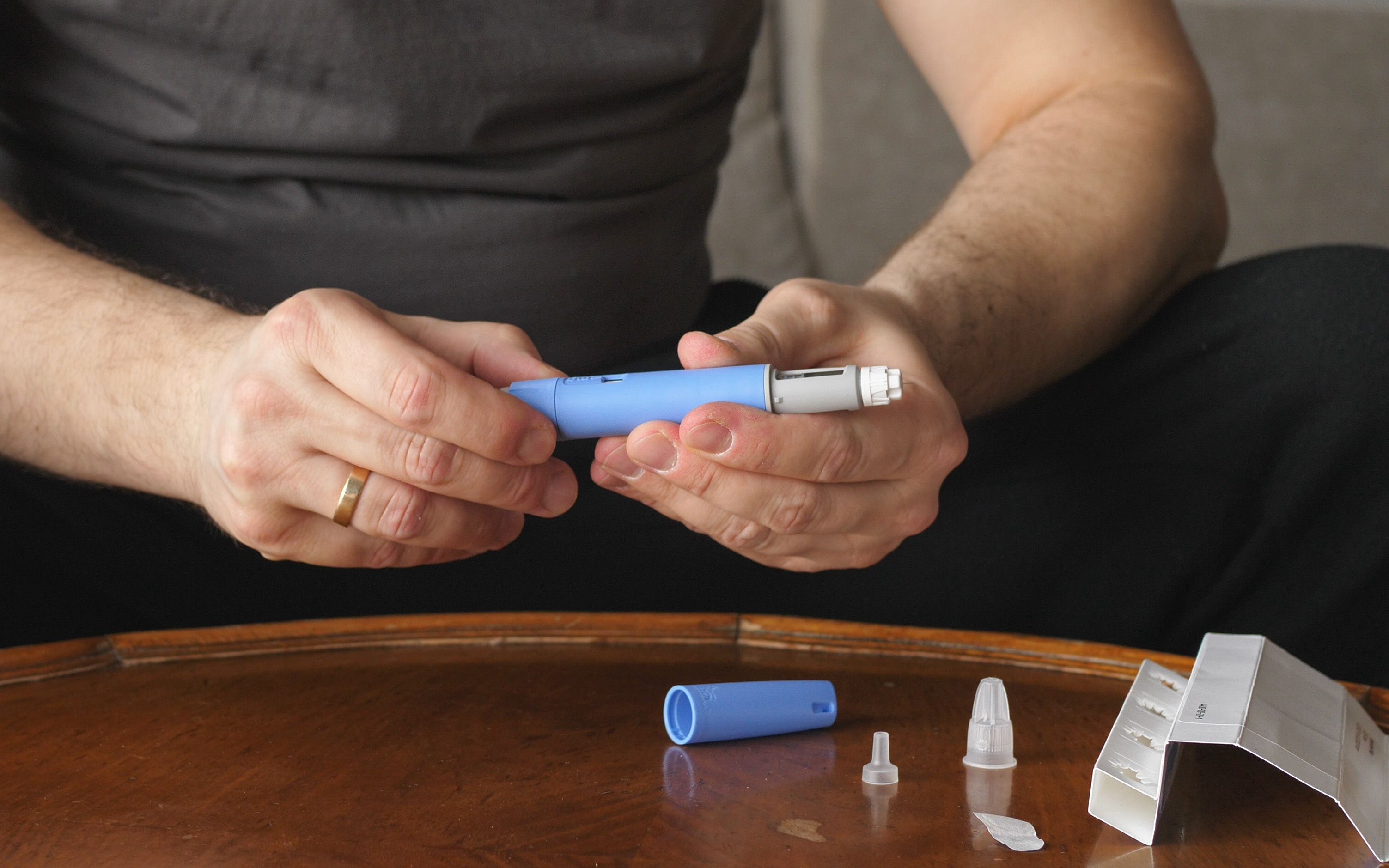- Case-Based Roundtable
- General Dermatology
- Eczema
- Chronic Hand Eczema
- Alopecia
- Aesthetics
- Vitiligo
- COVID-19
- Actinic Keratosis
- Precision Medicine and Biologics
- Rare Disease
- Wound Care
- Rosacea
- Psoriasis
- Psoriatic Arthritis
- Atopic Dermatitis
- Melasma
- NP and PA
- Skin Cancer
- Hidradenitis Suppurativa
- Drug Watch
- Pigmentary Disorders
- Acne
- Pediatric Dermatology
- Practice Management
- Prurigo Nodularis
- Buy-and-Bill
Article
Chemokines' role in wound healing
Under normal circumstances, the body's immune system can work wonders in healing wounds, killing off pathogens and rebuilding tissue with little assistance other than a bandage for shelter while the body does its work.
Under normal circumstances, the body's immune system can work wonders in healing wounds, killing off pathogens and rebuilding tissue with little assistance other than a bandage for shelter while the body does its work.
But when the healing process malfunctions, as can occur in diabetics, paraplegics and others, wounds can become infected and, in the worst cases, lead to death.
Researchers trying to better understand the cellular workings that promote - or prevent - wound healing have pinpointed two important players - chemokines and growth factors. Of these molecules, interleuken-8 (IL-8) and vascular endothelial growth factor (VEGF), play central roles in accelerating wound healing and other aspects of tissue repair.

Chemokines have been recognized as essential activators of the immune system, and in noting a similarity in healing processes between chickens and humans, researchers with the University of California, Riverside, found that the chicken chemokine, cCAF, works similarly to the human chemokine IL-8 in promoting healing.
Specifically, both chemokines stimulate fibroblasts to convert into different types of cells, called myofibroblasts, which can contract much like a small muscle, thereby facilitating wound closure. In addition, IL-8 has also been found to be angiogenic, having the ability to stimulate formation of new blood vessels from pre-existing ones.
In digging deeper to find out what causes IL-8 and VEGF to work the way they do, Dr. Martins-Green has found that these proteins actually work to complement each other in the healing process.
"IL-8 stimulates angiogenesis at the every early stages of wound healing whereas VEGF picks up at later stages," she explains. "In addition, IL-8 is a very potent chemo-attractant for a number of leukocytes, whereas VEGF is a very important factor in cell survival, which can result in a robust inflammatory response."
However, the researchers have found that, in the case of inflammatory cells at the wound site, IL-8 promotes inflammation, whereas VEGF actually aids in the resolution of inflammation, Dr. Martins-Green tells Dermatology Times.
To conduct her research, Dr. Martins-Green developed an innovative 3-D organ culture that is remarkable in its own right, made with primary human cells taken from adult tissues and which mimics human skin in vivo. The manufactured human "skin" contains a stratified epithelium, and a connective tissue with an interconnected network of mature microvessels, with appropriate matrix molecules and cytokines.
The "skin" provides an ideal environment in which the researchers can control and manipulate cells to determine the molecular workings behind tissue repair, such as how chemokines are stimulated and participate in angiogenesis, and how myofibroblast differentiation occurs.
Since chemokines are small proteins that are easy to produce and modify, they offer promise as ideal targets for drug development. But Dr. Martins-Green emphasizes that much more needs to be understood about aspects of wound healing before advances in chemokine based therapy can be made.
"One thing we are in need of learning, for instance, is whether some of the activities in the wound are due to stem cells that are resident in connective tissue, or due to stem cells from bone marrow," Dr. Martins-Green says.
Other issues in need of more research include why some wounds get excessive inflammation or excessive angiogenesis.
"It is critical that we understand what is going wrong when wounds don't close and leave open sores," she says.





